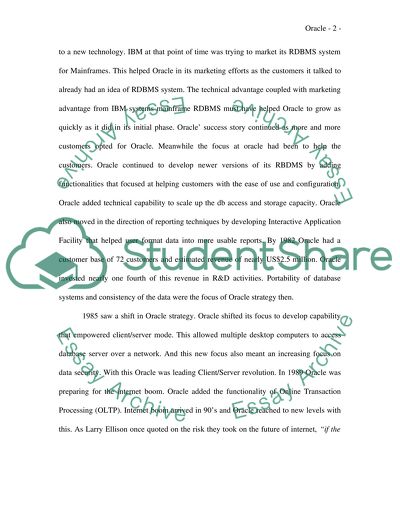Cite this document
(“Enterprise systems management : Software Development Laboratories Book Report/Review”, n.d.)
Retrieved from https://studentshare.org/information-technology/1410579-enterprise-systems-management-software-development-laboratories
Retrieved from https://studentshare.org/information-technology/1410579-enterprise-systems-management-software-development-laboratories
(Enterprise Systems Management : Software Development Laboratories Book Report/Review)
https://studentshare.org/information-technology/1410579-enterprise-systems-management-software-development-laboratories.
https://studentshare.org/information-technology/1410579-enterprise-systems-management-software-development-laboratories.
“Enterprise Systems Management : Software Development Laboratories Book Report/Review”, n.d. https://studentshare.org/information-technology/1410579-enterprise-systems-management-software-development-laboratories.


